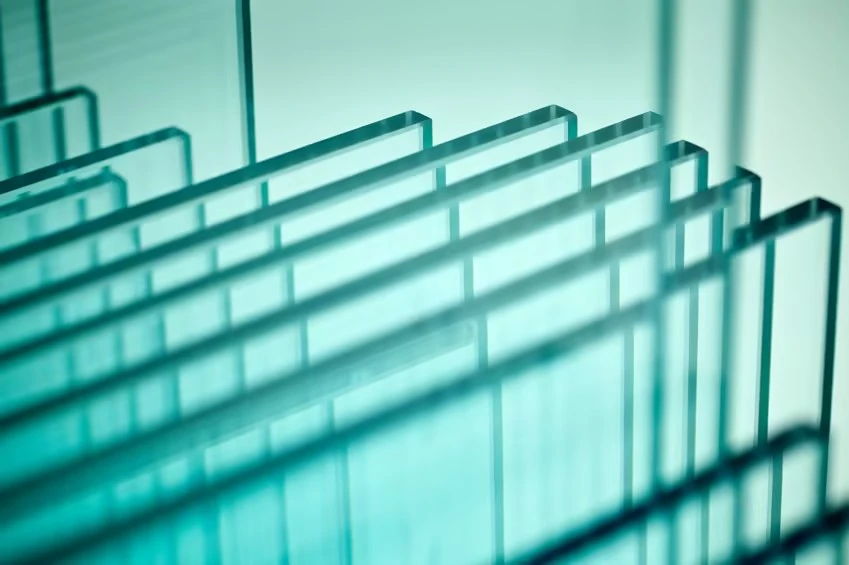

The Elegance and Functionality of Reflective Laminated Glass
In the world of architecture and design, materials play a crucial role in determining both aesthetics and functionality. Among these materials, reflective laminated glass has emerged as a favored choice for many modern constructions. This innovative glass not only enhances the visual appeal of buildings but also offers a multitude of practical benefits.
What is Reflective Laminated Glass?
Reflective laminated glass is composed of two or more layers of glass, bonded together by a transparent interlayer. This unique composition results in a robust and versatile material that combines several key features the reflective quality that helps control solar heat gain, the laminated structure that provides additional safety, and the aesthetic appeal of sleek, modern finishes. The outer layer is often treated with a reflective coating that allows for the reflection of solar rays while still permitting light to enter interior spaces.
Solar Control and Energy Efficiency
One of the primary advantages of reflective laminated glass is its ability to control solar energy. The reflective coating effectively mitigates the heat from direct sunlight, ensuring a cooler interior environment. This quality is particularly beneficial in regions with high temperatures, where energy consumption for air conditioning can escalate. By reducing the reliance on HVAC systems, buildings with reflective laminated glass can achieve significant energy savings, making them a more sustainable choice in today’s environmentally-conscious landscape.
Moreover, the glass also assists in regulating glare, which is essential in spaces like offices and conference rooms. By minimizing glare while still allowing natural light to penetrate, reflective laminated glass fosters a comfortable and productive working environment.
Safety and Security

Beyond energy efficiency, reflective laminated glass offers safety advantages. The laminated construction means that even if the glass breaks, the shards are held together by the interlayer, reducing the risk of injury. This characteristic makes it an ideal choice for high-rise buildings and areas prone to extreme weather conditions, where flying debris could pose significant hazards.
Additionally, it provides some degree of sound insulation. The multiple layers help in dampening outside noise, creating a tranquil indoor environment. This feature makes it a popular option for residential buildings located in busy urban areas where peace and quiet are highly valued.
Aesthetic Appeal
The visual properties of reflective laminated glass cannot be overlooked. Its sleek surface and ability to reflect the surrounding environment lend a modern touch to any architecture. Buildings adorned with this type of glass often have a contemporary and sophisticated appearance, which is appealing to both architects and their clients. Moreover, the glass is available in various colors and tints, allowing for a high degree of customization that can complement any design theme.
As reflective laminated glass creates a beautiful interplay between the interior and exterior environment, it can also help in integrating a building with its surroundings. It can reflect the skyline, trees, and other elements, creating a harmonious relationship between the structure and the visually dynamic world outside.
Conclusion
Reflective laminated glass embodies a blend of beauty, safety, and energy efficiency, making it an attractive choice for modern architecture. Its ability to control solar heat and glare, enhance safety, and elevate aesthetic appeal without compromising on functionality speaks to the evolving needs of contemporary buildings. As urbanization continues to rise, the demand for innovative materials like reflective laminated glass will likely grow, offering both practicality and elegance in the spaces we inhabit. Embracing such materials is not only a step toward modern design but also a commitment to environmental sustainability and safety in our constructed environments.